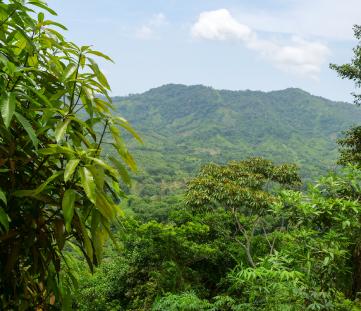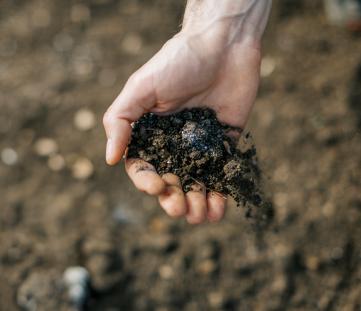ID: 8WX-LYEJ
ID: 8WX-LYEJ
Tajibo
Bignonia chrysantha
Photo
Colombia
04:01 - 24°C
My connections
My ID card
Who am I?
Date of birth
12/17/2024
Name
Tajibo
Tree
Tajibo
Where am I located?
Country
Colombia
Place of birth
Santa Marta
Coordinates
11° 12′ 53.15″ N
74° 2′ 22.82″ W
/-74.03967302,11.21476256,0/500x333@2x?access_token=pk.eyJ1IjoidG9tbWFzb3NwZXJvbmkiLCJhIjoiY2tnOTE3eW12MDJqazMybXNzOWV1YjloOSJ9.wtGsuDU7XIKjcv2cq8CiXw&logo=false&attribution=false)
My Timeline
The important moments in your tree's life.
Seed
It all starts with a tiny seed, nice and warm in the soil.
Nursery
Your seedling is big enough to be welcomed into one of our nurseries, along with many others.
Planted
We’re here! Your tree has reached its new home: it’s been planted by a smallholder, who’ll take care of it for years to come.
Photo
Strike a pose! Now that it’s big enough, here’s a photo of your tree!
My Gallery
Nursery

Planted
/-74.03967302,11.21476256,0/500x333@2x?access_token=pk.eyJ1IjoidG9tbWFzb3NwZXJvbmkiLCJhIjoiY2tnOTE3eW12MDJqazMybXNzOWV1YjloOSJ9.wtGsuDU7XIKjcv2cq8CiXw&logo=false&attribution=false)
74° 2′ 22.82″ W
Photo

Curiosity about me
The important moments in your tree's life.
Let's start with introductions
Commonly known as tajibo in Bolivia, the scientific name of this tree is Handroanthus chrysanthus. The word chrysanthus clearly derives from Greek; more precisely, from a compound of “chrisos”, meaning “gold”, and “anthos”, meaning “flower”. This seemingly complex word actually describes a really striking feature of this tree: its canopy. When the tree is in bloom, it shines with the golden yellow of the flowers. It’s a massive canopy too, as the tajibo can grow up to 25-30 metres tall.
Meaning
Light
Yellow, the colour most associated with this tree due to the flowers that regularly adorn its canopy, has many meanings, which often vary from culture to culture. However, the oldest and perhaps best known meaning is that of light. Goethe himself said: “yellow is the colour closest to light”.

How much CO2 I’ll absorb
My estimated CO2 absorption capacity is based on the first 10 years of my life*
Current absorption
- 0 kg
2024
0 kg
2034
-200 kg
* The tree will continue to absorb CO2 even after the tenth year. Therefore this is a prudent estimate.
How I am useful to local communities

Consumption and sales
Its fruits, seeds and/or leaves are used as food in the farmers' families or are sold on local markets.

Anti-wind
It protects young plants from the wind and reduces water evaporation from the soil.

Soil
It improves the quality of the soil thanks to the nitrogen fixation process or it reduces soil erosion, thanks to its extended root system.
My benefits
10%
Food Security
The trees will bear fruits, some that will be edible immediately and others that can become edible through processing, ensuring food resources over time.
50%
Economic development
The trees' fruits and the products derived from their transformation can be traded in local networks, offering income opportunities.
40%
CO₂ Absorption
During its life cycle, each tree will absorb CO₂. The trees you plant can offset your emissions.
50%
Environmental protection
The trees are planted in agroforestry systems that favor the virtuous interaction between the different species and their positive impact on the environment and on the land.